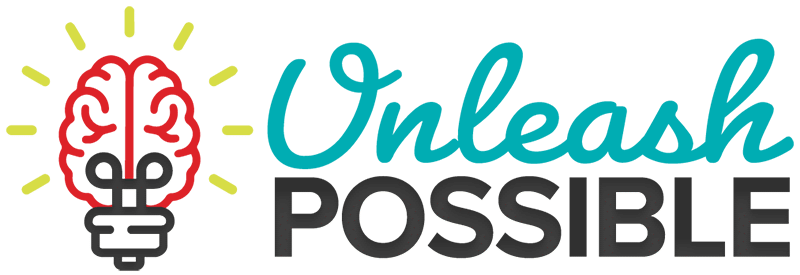Three Ways To Avoid Mixed "Signals"
At this week's Inbound 13 conference Hubspot announced an exciting new capability "Signals". The tool is an easy way to set alerts for when visitors are on your website, individuals open your emails or take action on communications. From the conference hallway chatter it was clear marketers can't wait to unleash the tool on their sales teams. But wait...please! There are three critical mistakes that will have you misreading the signals! The good news - they are easy to avoid.
Signal Overload - One of my clients has recently launched an exciting new product which they shared to their entire opt-in database. Their database is rather large and open rates are solid. Within 48 hours of their announcement 10,000+ people opened the email. Their sales force is about 40 strong. If you assume everyone had a relatively even distribution of openers every sales person would get 250 alerts in less than 2 days! Makes us want to hang out a sign like they have on certain amusement park rides - Caution: Those Prone to Seizures Caused By Flashing Lights Should Not Ride.Of course, this is not the intended purpose for Signals!
Premature Call Syndrome - When someone opens our emails or visits our website it feels good. Shoot, it feels great! We're all tempted to jump on this signal with a phone call. I call this "Premature Call Syndrome". The simple act of reading or accessing our material does not mean the buyer is ready for a phone call. Before dialing consider other ways to address the users interest. Should the website pop up a chat box encouraging the website visitor to opt into a chat? Would a follow-up survey via email get a response? Are we connected via Twitter or LinkedIn with the visitor? What other content can you provide that will enhance what they already read?
Failure to Train - Your sales team is going to be tempted to call everyone for whom they receive a signal alert. But no one on the receiving line wants a stalker. Train your sales team to have a different kind of conversation than how they typically engage. Consider this example. Jane visits your company website. She reads an article about content marketing strategy and your sales person is alerted.A typical follow-up call might go something like this..."Hi Jane. My name is Samantha and I saw that you visited our website today. We have a great content marketing solution. May I set you up with a demo?".The problem with this approach is it is all about Samantha's desires not Jane's. Not to mention, no one likes to feel watched. It's a bit creepy.Instead you can teach your team to act less like a "sales person" and more like a customer care professional.The customer care call would go something like this.. "Hi, Jane. My name is Samantha and I am a customer advocate at the Marketing Advisory Network. We recently published an article on content marketing strategies and I'm soliciting feedback on the quality of the content. Did you get a chance to read it? May I answer any questions for you?"The goal of both calls is the same - learn about your buyer and help move them to the next step in the purchasing process. But the approach is starkly different. Which would you rather engage with - a customer advocate or a demo pusher?
Signals has the potential to be a very useful asset when used with the appropriate caution and a solid content marketing strategy. Avoid the above mistakes and you'll be reading the right signs in no time!

